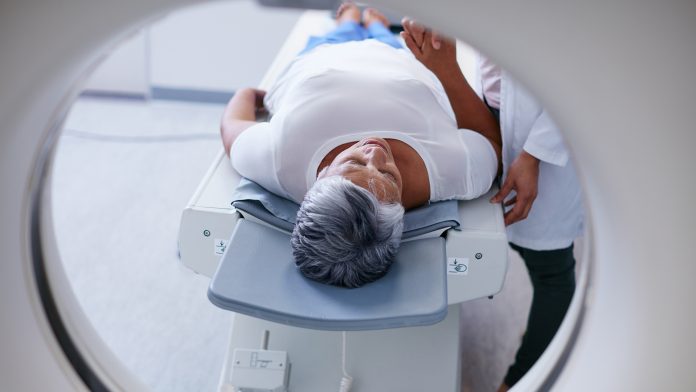
An exciting MRI Alzheimer’s test by the University of Aberdeen will be trialled for the first time, providing new hope to patients.
A newly developed Alzheimer’s test, called Chemical Exchange Saturation Transfer (CEST), images brain glucose using magnetic resonance imaging (MRI). MRI has no radiation exposure risk to patients, which could be life-changing as one popular method of diagnosing Alzheimer’s disease, called positron emission tomography (PET), which exposes patients to ionising radiation.
“Chemical Exchange Saturation Transfer is a promising new method for diagnosing this disease and this important study will give us more information about its effectiveness as a diagnostic tool,” commented Dr Gordon Waiter, Director of the Aberdeen Biomedical Imaging Centre at the University of Aberdeen.
What is Alzheimer’s disease?
Alzheimer’s disease is the most common cause of dementia in the UK. It is not fully understood what causes Alzheimer’s, and it is important that early diagnosis is prioritised. It typically affects people aged over 65 and causes symptoms such as confusion, problems with speech, personality changes and low mood.
Alzheimer’s disease progressively gets worst over time. There are three main stages of Alzheimer’s, including early-stage, middle-stage and late stage. All stages affect individuals in various ways, and different symptoms will arise throughout the process.
Studying CEST as an Alzheimer’s test for the first time
The researchers will study whether CEST can detect differences in glucose concentration between patients with Alzheimer’s disease and volunteers without symptoms of similar age.
The findings of the study will aid future research to examine the effectiveness of the Alzheimer’s test.
The benefit of this new Alzheimer’s test is that it utilises MRI technology, which is safe, less costly and more widely available. The CEST MRI method could replace PET for assessing brain glucose in patients with Alzheimer’s symptoms or screening those at risk.
Dr Gordon Waiter said: “Alzheimer’s disease is the most common type of dementia. Patients experience increasing problems with memory, speaking, thinking, and other activities of daily living. Most available treatments aim at controlling symptoms at an early stage rather than providing a cure. Therefore, early diagnosis of Alzheimer’s disease is important.
“Chemical Exchange Saturation Transfer is a promising new method for diagnosing this disease, and this important study will give us more information about its effectiveness as a diagnostic tool. With a global reputation for excellence in MRI stretching back over 40 years, the University of Aberdeen is excellently placed to lead this trial.”






















